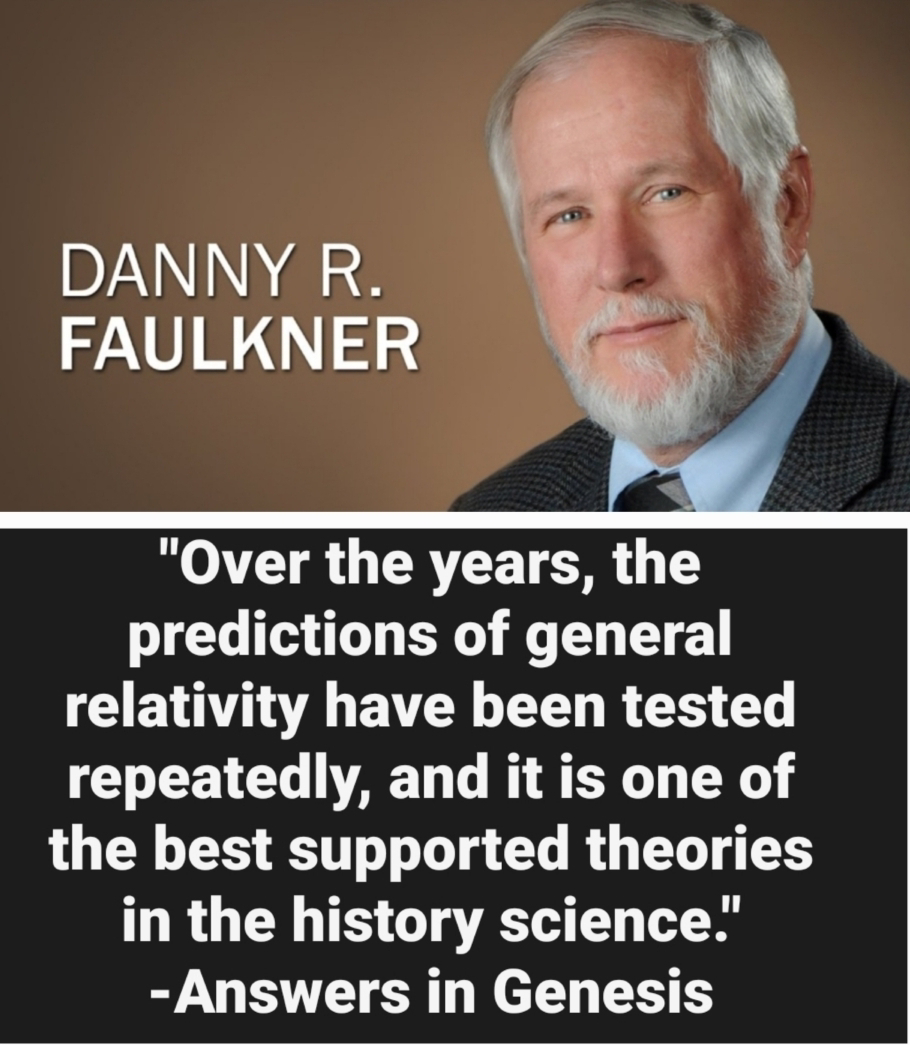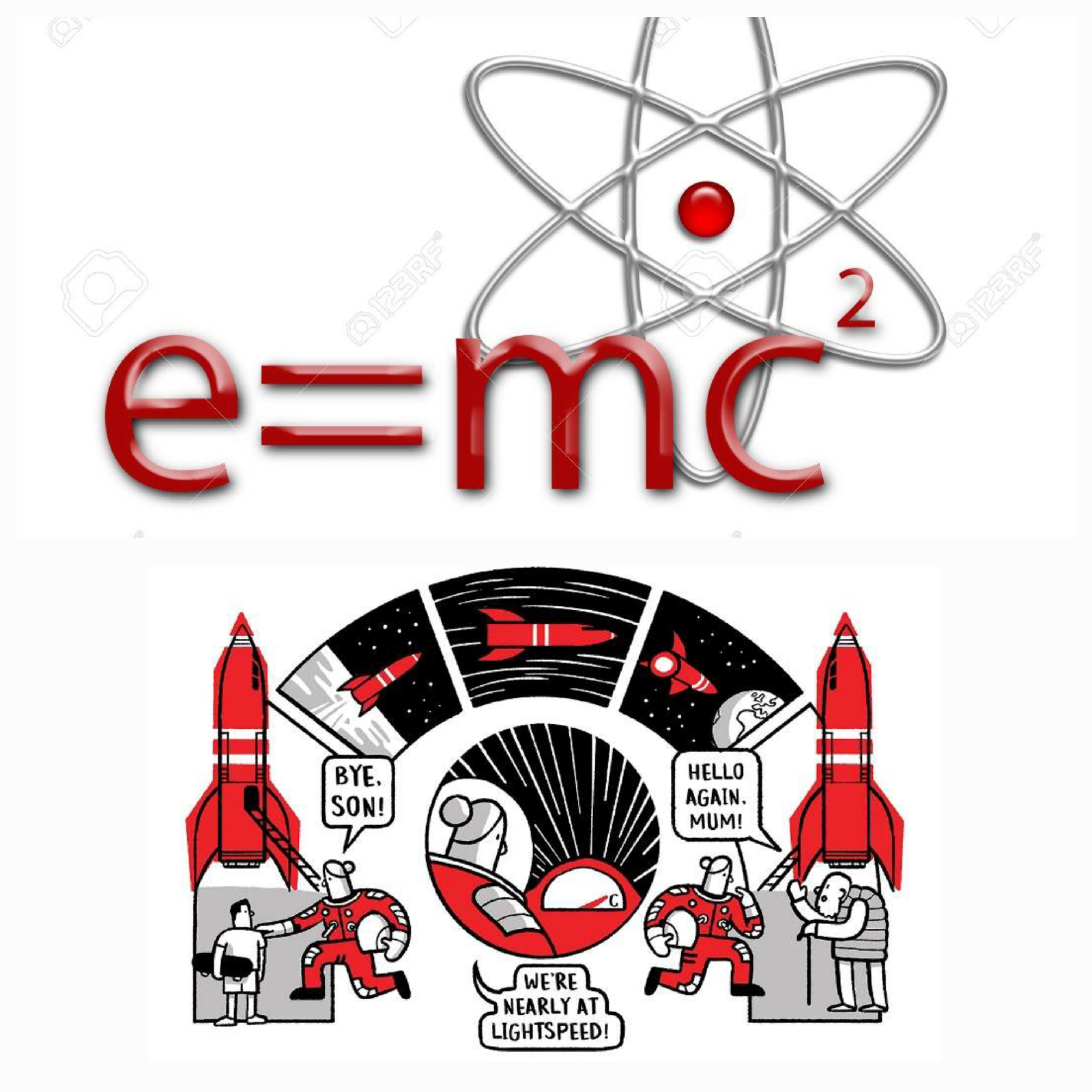Does God Keeps his Promises?

The prophet Jeremiah, writing during a time of immense national distress, offers a profound message of hope that intertwines divine promises with the very fabric of the cosmos. In Jeremiah 33, God provides a powerful assurance of restoration for His people, a promise so certain that it is anchored to the immutable laws of nature itself. By connecting the covenant with a future Messiah to the "laws of heaven and earth," the text elevates a human promise to a cosmic certainty. This theological argument not only validates the hope for a future king from the line of David but also sets the stage for a comprehensive understanding of Christ's return, grounding it in a universal and unbreakable divine decree. Jeremiah 33 opens with God's promise to heal, rebuild, and restore Israel and Judah, a message of comfort to a people facing imminent exile. The chapter then shifts to the promise of an everlasting kingdom ruled by a descendant of David. Verse 15 introduces ...





